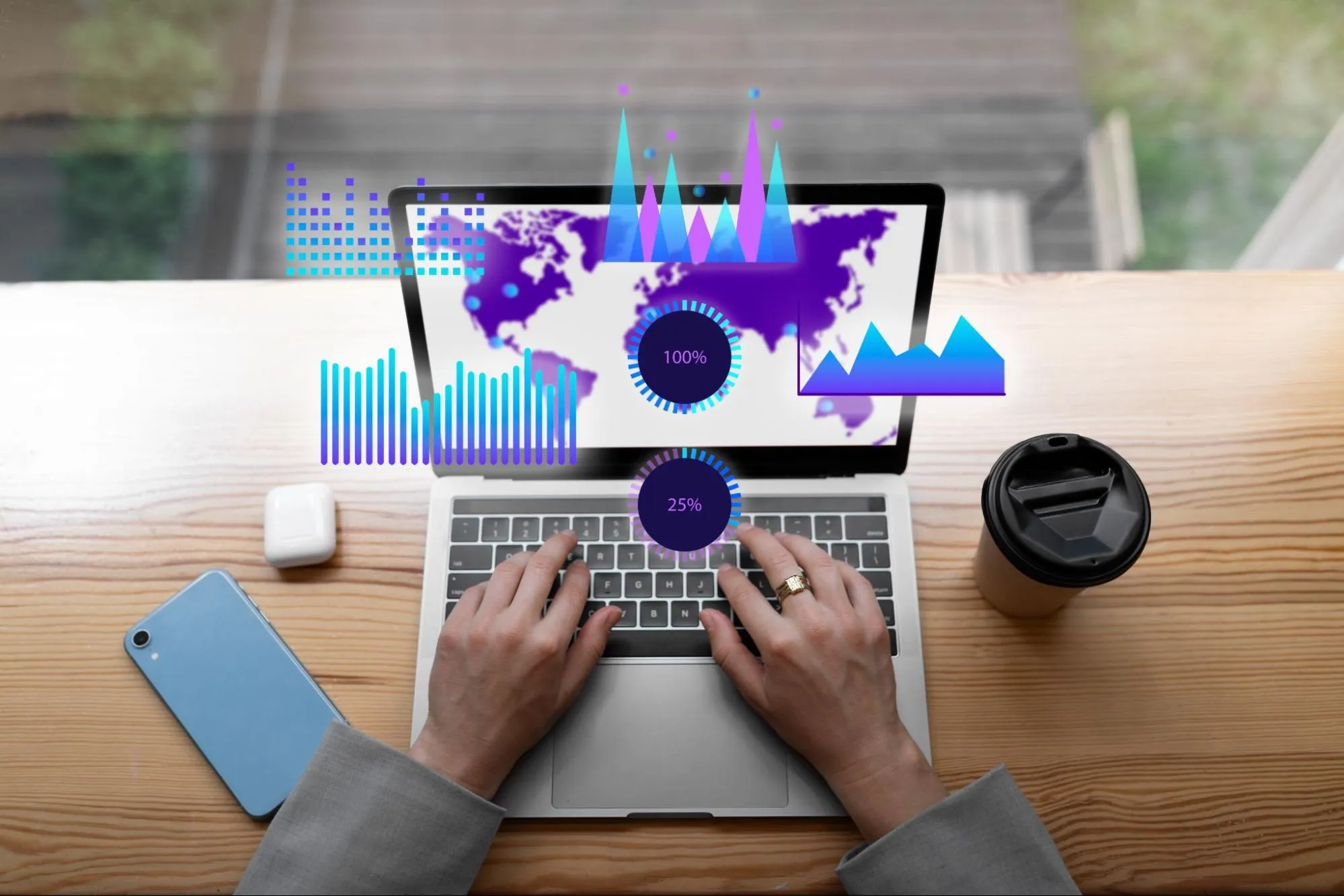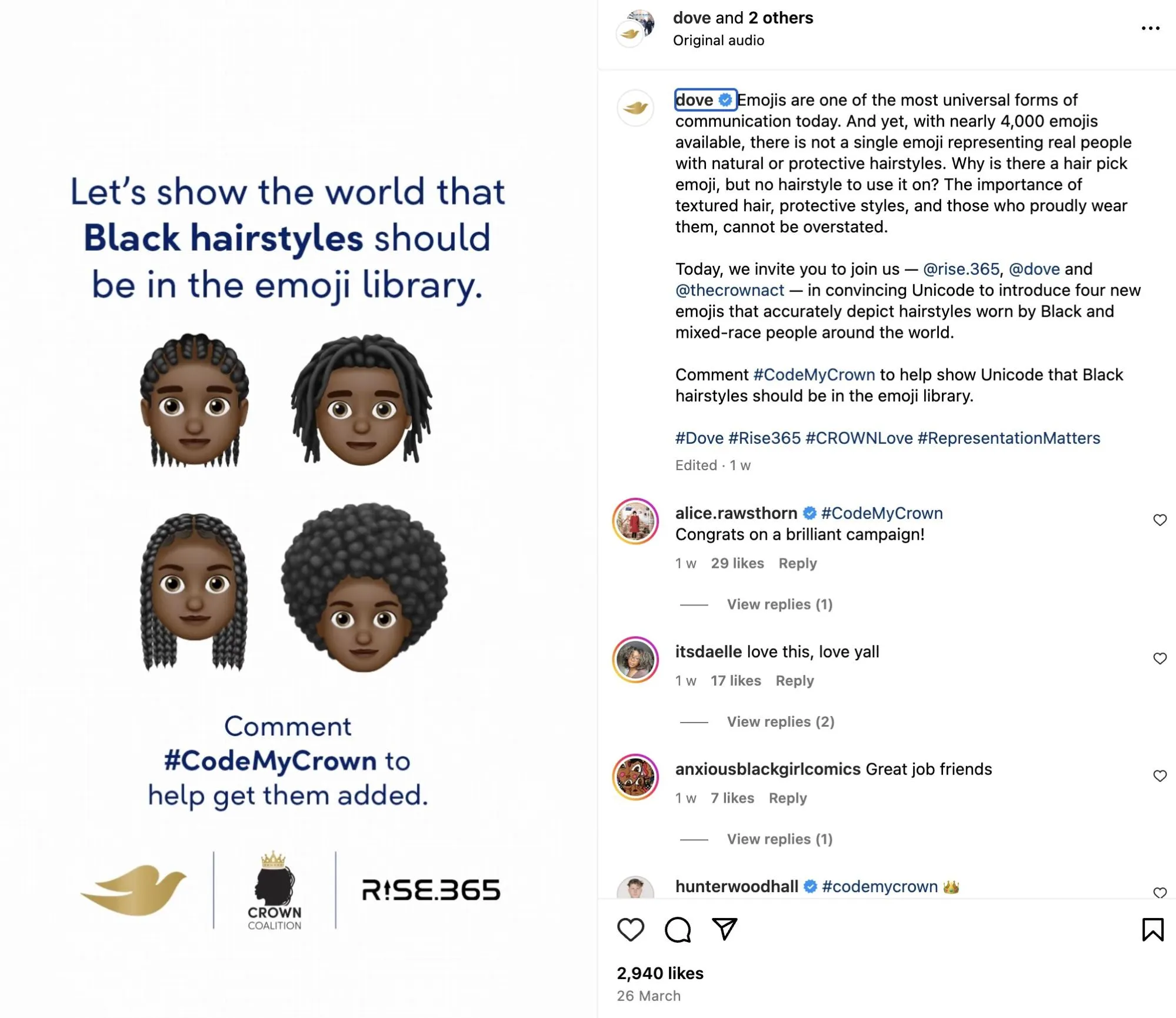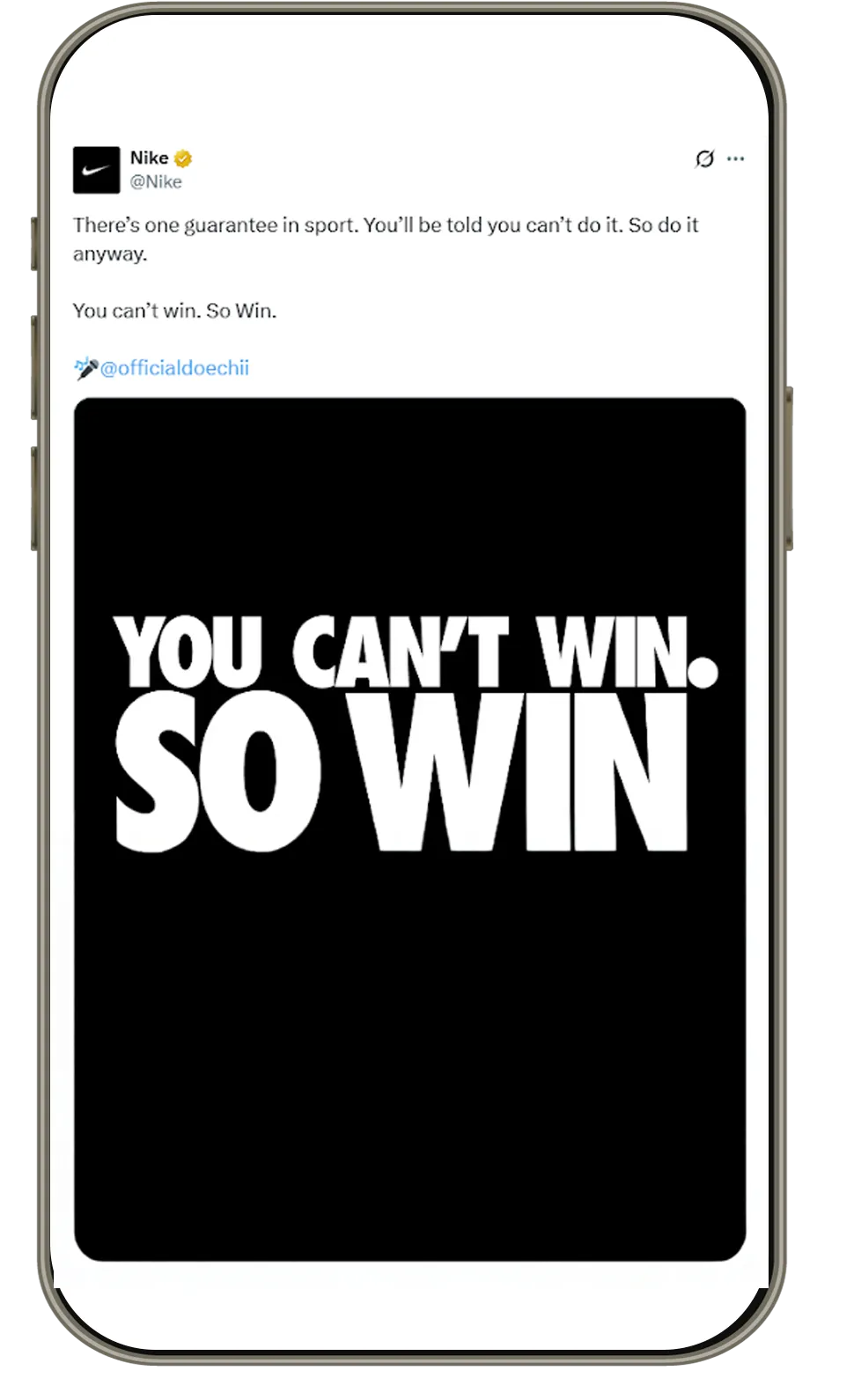If you don’t understand who your brand is talking to, your message is just noise.
Without social media audience analysis, you waste time and money crafting content that rarely converts, targets the wrong people, and lacks valuable engagement.
Take Spotify, for example. The brand capitalized on audience data and social listening to define its “Wrapped” campaign and customize content to individual user likes. The result? Over 60 million of its stories were shared across social media in 2021, and over 156 million users engaged with the campaign year after year.
So, analyzing your social audience is about understanding what makes them engage, stick, and convert. It makes the difference between your brand being seen and being ignored altogether.
In this article, we walk you through the steps to perform the analysis thoroughly and talk about some of its benefits.
Social media audience analysis involves collecting and assessing data about your target audience to understand their interests, demographics, behavior, and interaction patterns.
The analytical data guides you in developing targeted content, optimizing social media marketing strategy, and boosting engagement rates.
At its core, it helps your brand establish:
- Who your target audience is based on gender, age, location, or income level.
- The type of content they mostly resonate with.
- Their peak engagement time.
- Where do they mostly frequent.
- How they engage with your content.
The truth is: You should clearly understand your social media target audience for effective personalized campaigns, given that personalization has a 40% revenue potential.
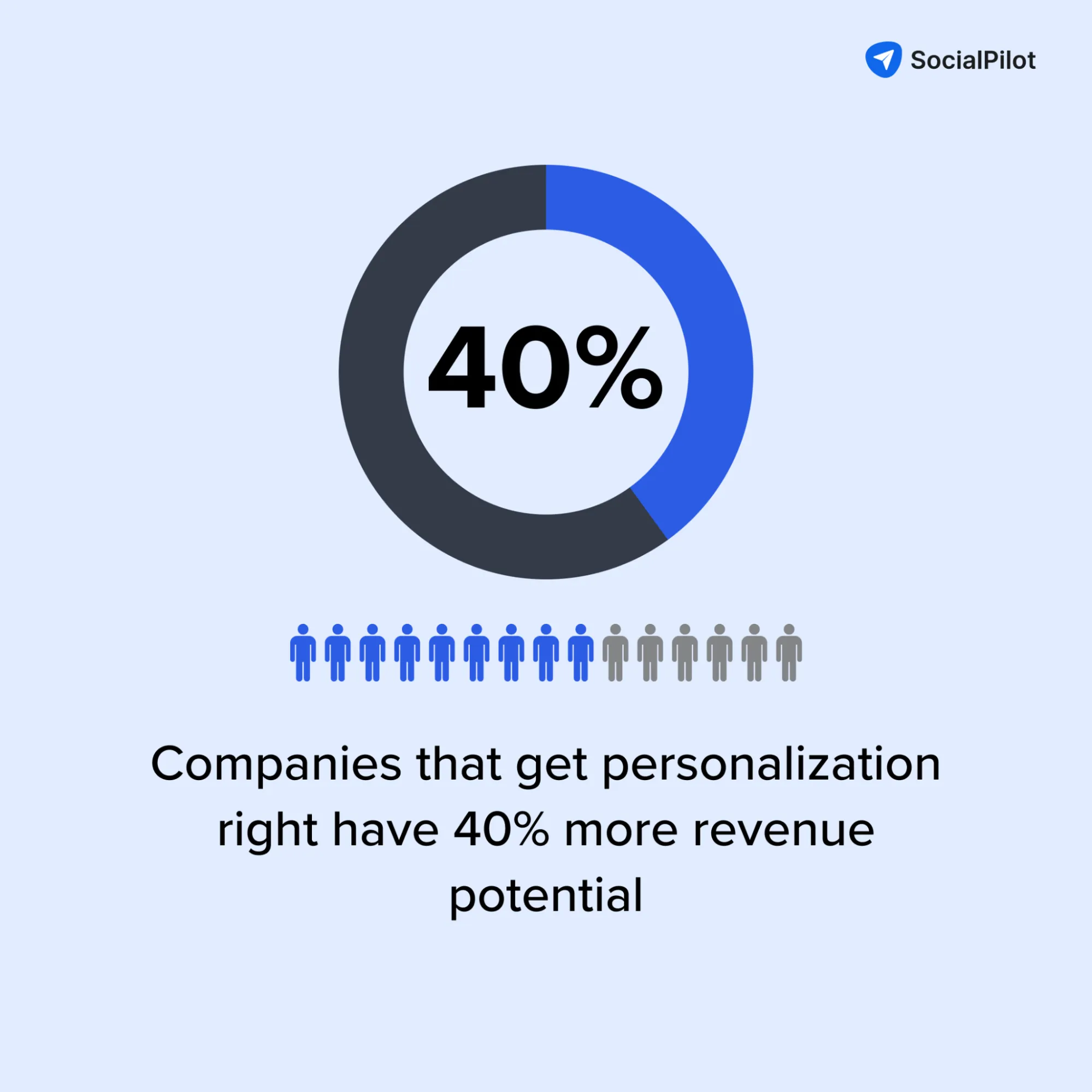
Social media audience includes people your brand aims to reach with content, ads, or engagement efforts. The audience often has common traits that make them ideal customers.
Understanding your brand’s social media audience guides your content creation, ensuring it maximizes audience engagement, reach, and sales.
For example, a viral meme on TikTok won’t resonate with corporate executives on LinkedIn. Similarly, a white paper won’t get the attention of a Gez Z scrolling through Instagram.
Here are the key types of social media audience analysis:
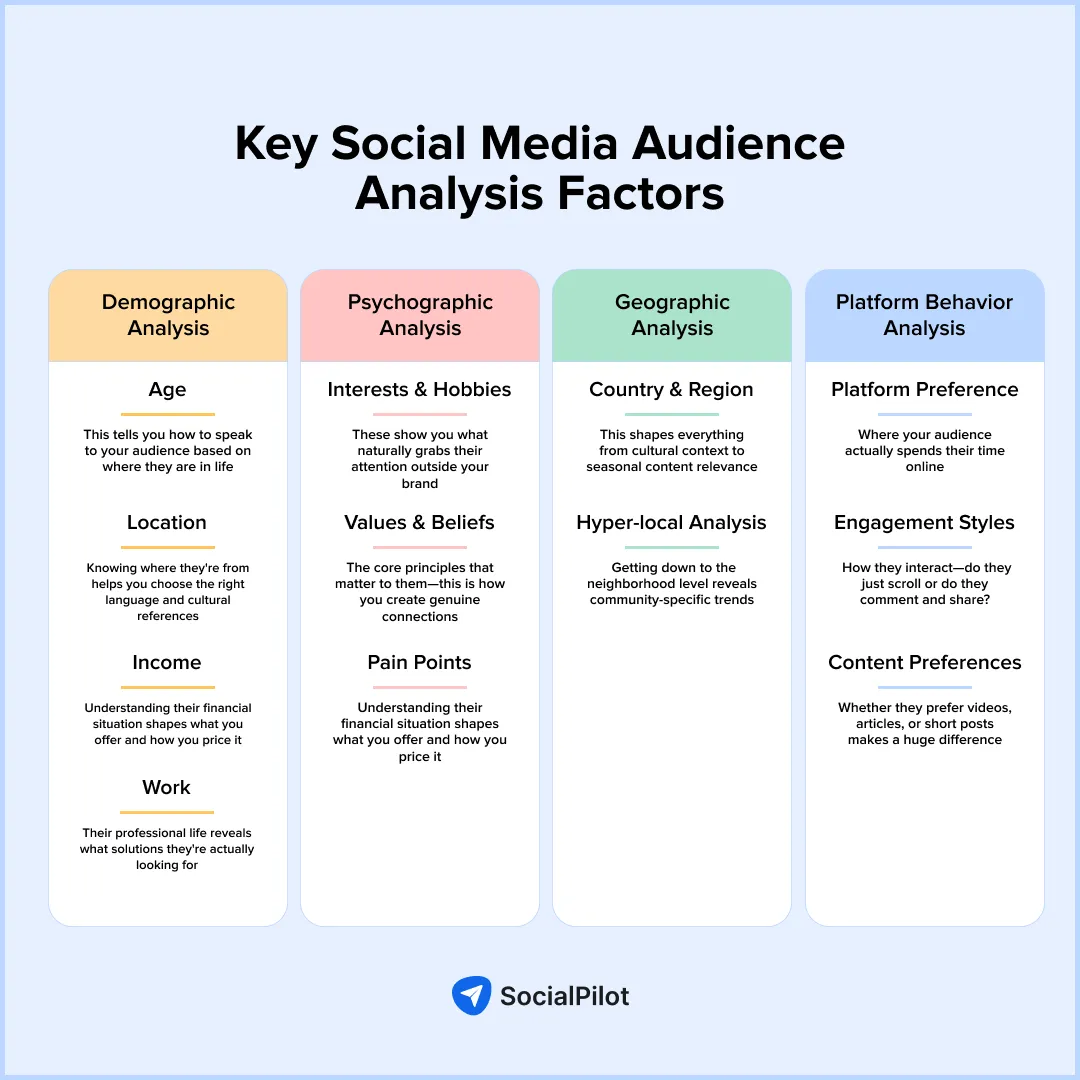
1. Demographic Analysis
In demographic analysis, you examine the basic characteristics of your audience, including:
- Age: Understanding your audience’s age helps you create messages that speak to their current stage in life. For example, 61.6% of Gen Z prefer short videos, while Baby Boomers like elaborate posts.
- Location: Knowing where your audience is located will shape your social media strategy. For example, Inter Miami understands its audience demographic, which is more Spanish-speaking. However, since they are based in Florida, they use both English and Spanish in their social media posts to reach both audiences.
- Income Levels: Your audience’s income affects their spending power, which can guide you in adjusting your marketing strategies to fit their budget.
- Work: Knowing the types of jobs your audience holds helps you understand the solutions and offers they are seeking.
2. Psychographic Analysis
Psychographic audience analysis helps you understand your audience’s psychological and emotional aspects, including:
- Interests and hobbies: What does your audience enjoy doing in their free time, and what captures their curiosity or passion?
- Values and beliefs: What principles guide their decisions, and what do they care about most passionately? Dove, for example, is a brand that promotes real beauty standards. Its target audience is primarily women, especially those who believe in natural beauty and want to break unrealistic beauty standards.
Its messaging is always on point and targets audiences with similar beliefs. Here’s a post where the brand is talking about the importance of representation for black women, using something as simple as emojis to make the point:
- Pain points: What challenges, frustrations, or unmet needs are they actively seeking solutions for?
For example, Nike has exemplified psychographic audience analysis, which steered its recent campaign targeting sportspersons who beat the odds to achieve what they decide to. The brand tapped into its audience’s emotions with the “So Win” social media campaign.
The “Whatever you do, you can’t win. So win” message focused on the themes of empowerment, resilience, and challenging societal norms, sparking a strong emotional connection with the audience.
3. Geographic Analysis
Geographic audience analysis is crucial as it determines your social media strategy. Your analysis should at least touch on:
- Country and region: Where is your audience located? How does geography influence their behavior and preferences?
- Hyper-local audience analysis: What particular characteristics, needs, or trends exist within a very targeted local area or community?
4. Platform Behavior Analysis
Each social media platform has unique audience behaviors, and you should understand them to maximize your brand’s engagement.
- Platform preference: Analyze the digital platforms your audience mostly frequents to consume content or engage with brands. For example, LinkedIn is ideal for 70% of career professionals, while TikTok may attract 60% of Gen Z.
- Engagement styles: Analyze how your audience consumes passive content and interacts with likes, comments, or shares.
- Content preferences: Determine the type of content your audience prefers, such as videos, blogs, infographics, or podcasts.
It’s a losing game just to throw in content and hope it sticks. You need a social media target audience analysis strategy to reach the right people and cut past the crowd.
We have compiled seven essential steps to help you understand your audience and make your social media strategy stand out.
1. Define Your Objectives
Audience analysis starts with setting a clear goal. Brands that set goals are 376% more likely to report success. This goal tells you what aspects of your audience to focus on during the analysis.
While it doesn’t change who the people in your audience are, it helps you narrow your attention. Whether you’re trying to raise awareness, drive engagement, or boost traffic, your objective helps you decide which audience behaviors and signals to analyze more closely.
Here are key points you should analyze about your audience to meet specific goals and what they will result in:
| Goals | What to analyze about your audience | Outcome |
| Increase brand awareness | Impressions, reach, follower growth, and content shares | Who sees your content, how far it spreads, and which segments naturally discover you |
| Improve engagement | Likes, comments, shares, save rates, and times when your audience is most active. | What content formats and topics spark the most interaction, and when is your audience most active |
| Generate leads and website traffic | Click-through rate (CTR) and link performance | What drives your audience to take action, and which posts or platforms contribute most to traffic |
| Strengthen community | Feedback in comments, DMs, and reviews | What people are saying, what they care about, and how they emotionally connect with your brand |
2. Determine Your Audience Demographics
Utilize social media analytics tools to assess who currently engages with your brand. You’ll be able to spot patterns, gaps, and opportunities to boost your audience engagement.
Most social media platforms provide built-in audience analytics that you can use to understand audience demographics.
For example:
- Meta Insights provides audience age, gender, location, and interests.
- X (Twitter) Analytics provides follower demographics, tweet performance, and engagement trends.
- LinkedIn Analytics gives information on the industry, job title, or seniority of followers.
- Google Analytics (GA4) for Social referral traffic, behavior flow, and conversion rates.
Analyze your audience on different social media platforms to understand their age, geographic location, gender, income level, and other demographic traits.
3. Understand Audience Engagement Behaviors
While demographics is the starting point, you also need to understand how your audience engages with your brand and content. Understanding their interests, behaviors, and preferences will help you tailor your social media marketing strategy to get the most engagement and conversions.
Here’s what you can do:
- Analyze the engagement metrics, such as likes, comments, and shares, to see what type of content resonates with your audience.
- Calculate the engagement rates for different content formats to find the top-performing ones.
- Monitor engagement trends over time to identify days and times when you get the most engagement. Many social media platforms provide insights into this.
- Study how people interact with your stories and videos, and when they tend to drop off.
- Monitor the performance of links and how effective they are in driving traffic to your website.
The idea is to go beyond audience demographics and understand what makes them tick and how they interact with your brand.
Finding it difficult to keep track of engagement on multiple platforms?
Leverage SocialPilot’s social media analytics tool to get audience insights from different platforms in one place. Streamline your social media audience analysis and get both demographic and behavioral insights without manual effort. Plus, customize or select from the pre-existing templates to create a report that you can schedule for easy sharing with stakeholders.
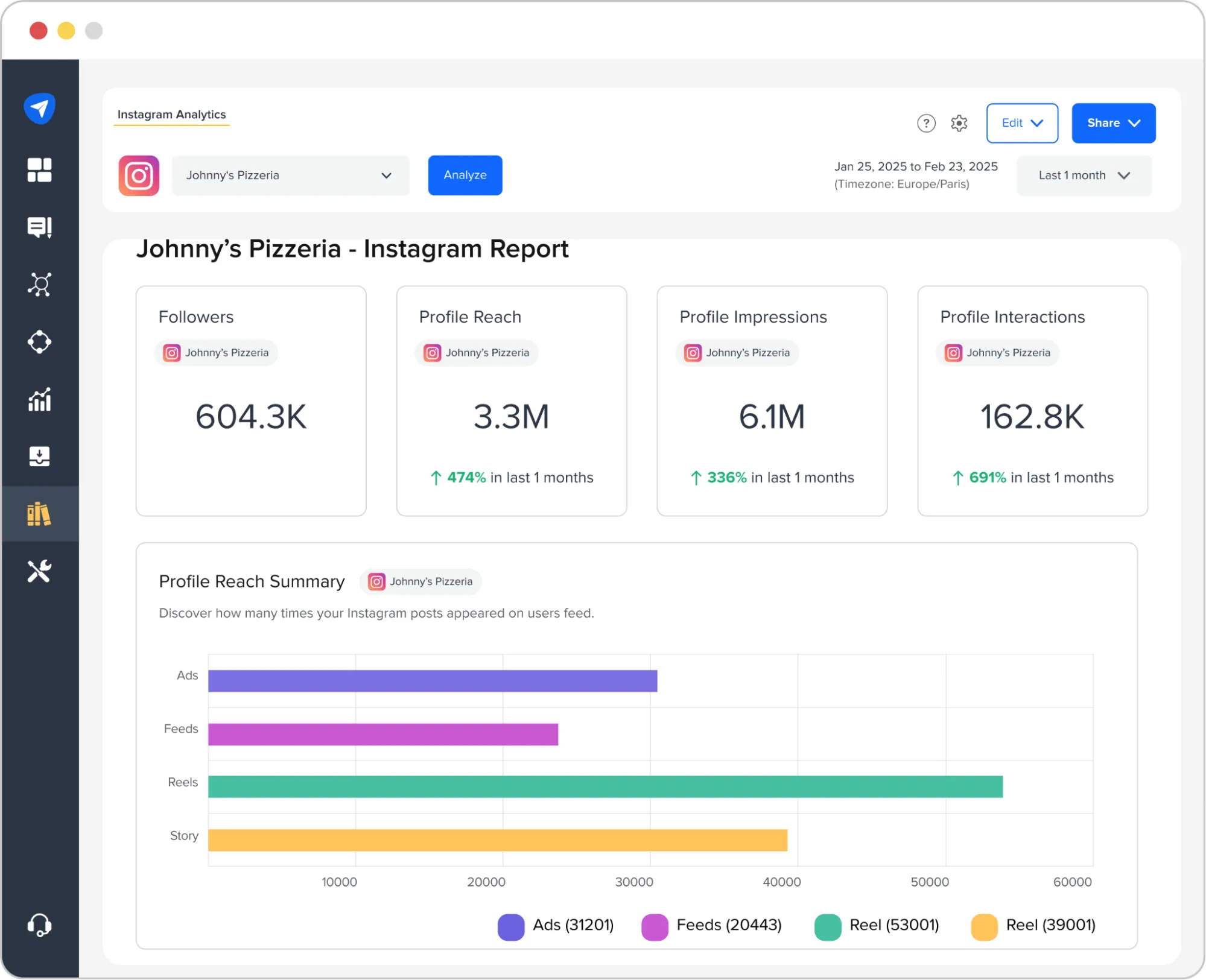
4. Do a Competitor Audience Analysis
Analyzing your competitors’ behavior helps you spot gaps and benchmark your brand’s social media performance against industry leaders.
Ensure you analyze:
- How fast their audience is growing
- Which of their content drives the highest engagement
- The hashtag strategy they capitalize on to drive traction
Here’s where you can locate competitor audience data:
- Meta Ad Library to identify the audience they are targeting in paid ads
- Google Trends to identify rising industry trends
- Competitor intelligent tools like BuzzSumo to asses their top shared content topics.
Social listening tools help you analyze and understand social media conversations beyond direct mentions, divulging audience sentiments and emerging trends.
You get insights into what people say about your brand, the trends that mirror your niche, and the frequently discussed pain points. Besides, social listening can help boost your campaign ROI by up to 25% by guiding your content creation and targeting.
6. Gather Feedback Directly
You can encourage your audience to share their thoughts on social media via interactive methods, like surveys, polls, or Q&A sessions. Social media audience management gives you real-time and unfiltered audience insights into what they truly value.
You may also want to analyze your brand’s comment sections to identify recurring themes related to inquiries and feedback. Keep in mind that 77% of customers will view your brand more favorably if you track down and implement their feedback.
Struggling to keep up with customer DMs and comments across multiple platforms?
Use SocialPilot’s social media inbox feature to track all customer comments in one place. You can track audience comments and messages across social media platforms from a single dashboard. This helps you quickly respond to comments and take prompt action where needed.
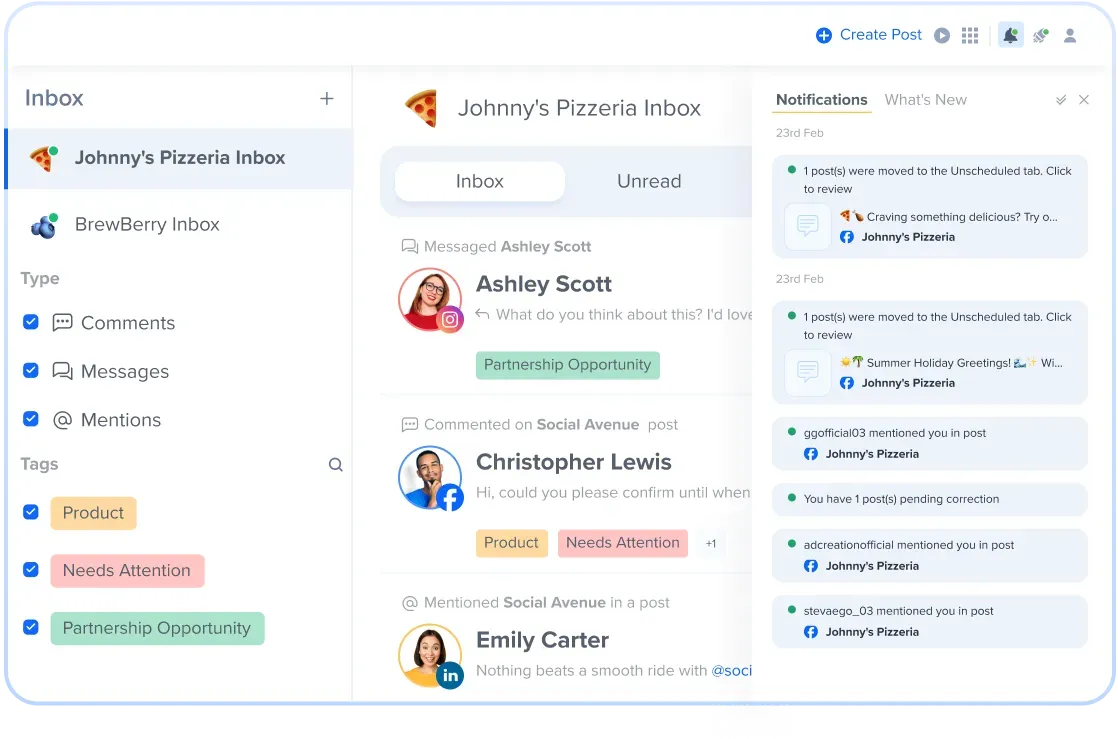
7. Test, Optimize, and Iterate
Since audience dynamics keep changing, you need to test and adapt using strategies like A/B testing, content type experimentation, or monthly content monitoring. Ensure you modify your social media strategy based on current engagement trends.
Social media marketing devoid of audience analysis is synonymous with shouting in a crowded room, hoping someone will hear you.
But when you understand your brand’s audience, you maximize engagement, conversion rates, and customer loyalty. That’s the true power of social media audience analysis.
Let’s look at its benefits more granularly.
Boosts Engagement
The truth is, people engage with content that echoes their interests, emotions, and values. Notably, 72% of consumers engage with marketing messages customized to their interests.
So, understanding your audiences, interests, behavior, and pain points helps you draft posts that drive real engagement, not mere passive scrolling.
Effective Ad Targeting
Spending money on brand ads without understanding your audience is like shooting in the dark. Social media audience analysis helps your brand target the correct demographics, behaviors, and interests.
This way, you maximize your ad performance while trimming unnecessary spending. What’s more, retargeting ads are 76% more likely to garner clicks than regular ads.
Stronger Brand Loyalty
Social media transcends beyond attracting followers. It’s designed to foster relationships that keep people coming back.
So, if your brand authentically engages its audience, you promote long-term loyalty. But it all starts with understanding your audience and customizing personalized social interactions to boost brand loyalty.
Beating Competition
When you know your brand’s audience, you don’t simply react; you predict. Analyzing social media conversations, engagement trends, and hashtags enables your brand to identify emerging trends before they become mainstream.
Notably, 90% of marketers attest that social insights give them a competitive edge. Still, 60% of brands use social listening to gain insights and make important decisions, making it a vital social media strategy.
Higher Conversion Rates
Gaining insights into your audience’s pain points, needs, and likes allows you to tailor personalized social media approaches that turn followers into paying customers. Such personalization leads to 21% sales conversions, a plus for your brand.
And since 74% of consumers depend on social media to steer their purchasing decisions, your brand should capitalize on their interests and demographics to tap into this market share.
Conclusion
Relying on luck or guesswork to understand your social media audience can result in resource wastage on content that falls flat.
Social media audience analysis helps you understand your brand’s audience, their interest, and how they interact online.
The data guides you in structuring highly targeted content, optimizing ad spend, and developing stronger connections that drive engagement and conversions.
